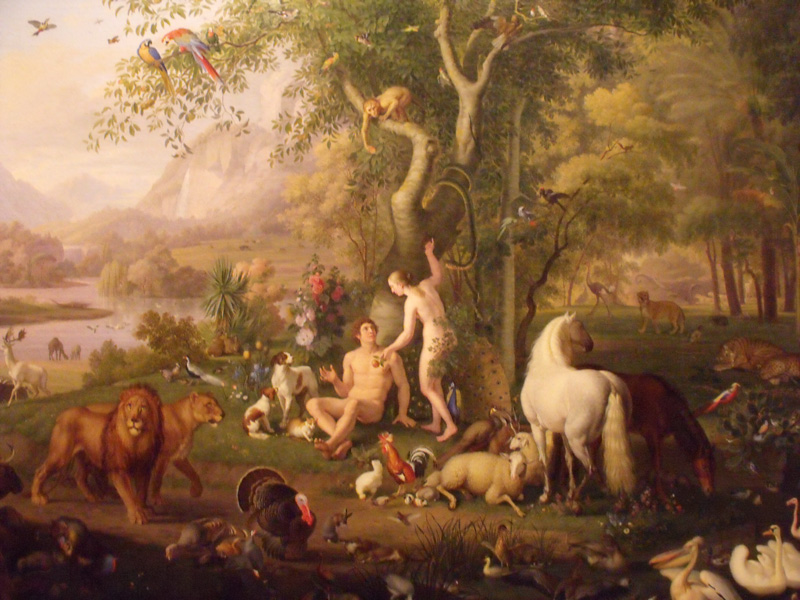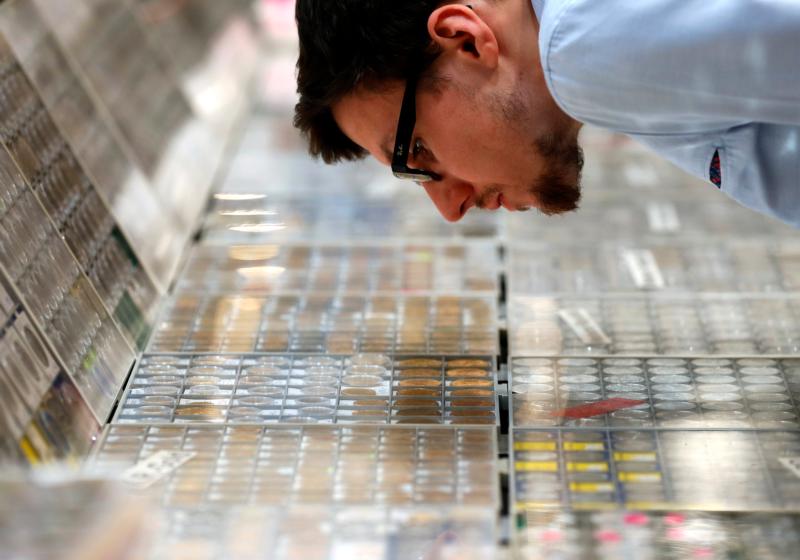You know the old saying — one person’s trash is another person’s 2,000 year-old sacred bone fragment of an early pope.
An environmental waste company in London had a surprise discovery last week when they uncovered a reliquary in the garbage containing a bone of St. Clement, a Church Father and the fourth pope.
“You can imagine our amazement when we realised our clearance teams had found bone belonging to a pope —it’s not something you expect to see, even in our line of work,” James Rubin, owner of Enviro Waste, said in a statement on the company’s website.
“We often come across some weird and wonderful things on clearances, but we were definitely not expecting to find a bone fragment of an apostle,” he added.
St. Clement was a first-century Christian thought to have been a disciple of Sts. Peter and Paul.
It is believed that St. Clement converted from Judaism to Catholicism, and may have shared in some of the missionary journeys of St. Peter or St. Paul, and assisted them in running the church at the local level.
Around the year 90, he was raised to the position of pope, following Peter, Linus and Cletus. His writings reveal much about the early Church, but little about his own life.
According to one account, he died in exile during the reign of the Emperor Trajan, who purportedly banished Clement to Crimea and had him killed in retaliation for evangelizing the local people, around the year 100. He is among the saints mentioned in the Roman Canon.
So far, no one has reached out to claim the relic, Rubin told the Huffington Post. He added that he is seeking the help of a U.K. laboratory to have the relic carbon dated to test its authenticity. The bone fragment is encased in a wax-sealed case and includes an inscription that it is “from the bones of St. Clement, Pope and Martyr.”
On their website, Enviro Waste has set up an electronic suggestion box, asking the public where the final resting place of the relic should be.
“We know this is an important piece of history and are keen to find the most appropriate place for its final resting place, which is why we’re asking for help from members of the public,” Rubin said.
So far, suggestions have included the British Museum or the Church of St. Clement in Rome.
By Mary Rezac / CNA/EWTN News
Image: “St. Domitilla Receiving the Veil from Pope Clement I”, by Pietro Berrettini (Pietro da Cortona), circa 1620-25.



